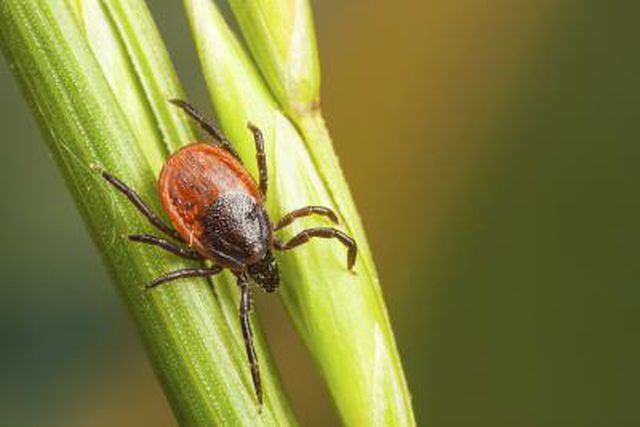Bulbs
Flower Basics
Flower Beds & Specialty Gardens
Flower Garden
Garden Furniture
Garden Gnomes
Garden Seeds
Garden Sheds
Garden Statues
Garden Tools & Supplies
Gardening Basics
Green & Organic
Groundcovers & Vines
Growing Annuals
Growing Basil
Growing Beans
Growing Berries
Growing Blueberries
Growing Cactus
Growing Corn
Growing Cotton
Growing Edibles
Growing Flowers
Growing Garlic
Growing Grapes
Growing Grass
Growing Herbs
Growing Jasmine
Growing Mint
Growing Mushrooms
Orchids
Growing Peanuts
Growing Perennials
Growing Plants
Growing Rosemary
Growing Roses
Growing Strawberries
Growing Sunflowers
Growing Thyme
Growing Tomatoes
Growing Tulips
Growing Vegetables
Herb Basics
Herb Garden
Indoor Growing
Landscaping Basics
Landscaping Patios
Landscaping Plants
Landscaping Shrubs
Landscaping Trees
Landscaping Walks & Pathways
Lawn Basics
Lawn Maintenance
Lawn Mowers
Lawn Ornaments
Lawn Planting
Lawn Tools
Outdoor Growing
Overall Landscape Planning
Pests, Weeds & Problems
Plant Basics
Rock Garden
Rose Garden
Shrubs
Soil
Specialty Gardens
Trees
Vegetable Garden
Yard Maintenance
What Purpose Do Ticks Serve in the Ecosystem?
What Purpose Do Ticks Serve in the Ecosystem?. Several species of ticks carry diseases that can be transferred to humans, making them a pest most would like to eradicate. However, these tiny, bloodsucking parasites serve several useful functions in the ecosystems in which they live. Ticks thrive in moist and dark environments; they are common in...

Several species of ticks carry diseases that can be transferred to humans, making them a pest most would like to eradicate. However, these tiny, bloodsucking parasites serve several useful functions in the ecosystems in which they live. Ticks thrive in moist and dark environments; they are common in the forests and grasslands of North America and Europe.
Food Source
Ticks are attracted to the carbon dioxide exhaled by animals. Although this makes it relatively easy for ticks to find food sources, it also leaves them vulnerable to several species of reptiles, amphibians and birds that eat them. Ticks are an important food source for many woodland animals. For example, wild turkeys dine on ticks, as do western fence lizards. Some people living in areas with heavy tick infestations raise guinea fowl, which eat the ticks and reduce their populations significantly.
Ecosystem Indicator
Ecologists can monitor tick populations to gain a better understanding of the health of particular ecosystems. An increase in tick populations could indicate a decrease in the predators of small mammals. For example, a study of timber rattlesnake populations in the eastern United States found that healthy snakes will eliminate thousands of ticks every year by eating mice and other small mammals on which ticks feed. Ecosystems with thriving snake populations have smaller populations of ticks, which reduces the opportunity for encounters between ticks and humans that result in disease transmission.
Disease Vector
Ticks pick up blood-borne diseases from the animals they use as food sources. Several of these diseases, which include Lyme disease, Rocky Mountain spotted fever and tularemia, can be passed to humans and other animals through tick bites. These tiny creatures can have a big influence on the health of animal populations within an ecosystem. Lyme disease is especially problematic in parts of the northeastern United States, where patients experience rashes, flu-like symptoms and neurological issues.
Avoiding Ticks
The longer a tick remains attached to its host, the greater the chance it will transfer disease-causing bacteria to that host. Remove ticks promptly by using tweezers to gently pull the tick out of the skin. Do not twist or tug on the tick, as this may cause its mouthparts to remain embedded in the host. Clean the area of the tick bite thoroughly. Avoid tick bites by wearing long pants, socks and sturdy shoes in areas known to be infested with ticks. Insect repellents that contain DEET are also effective for warding off these parasites.